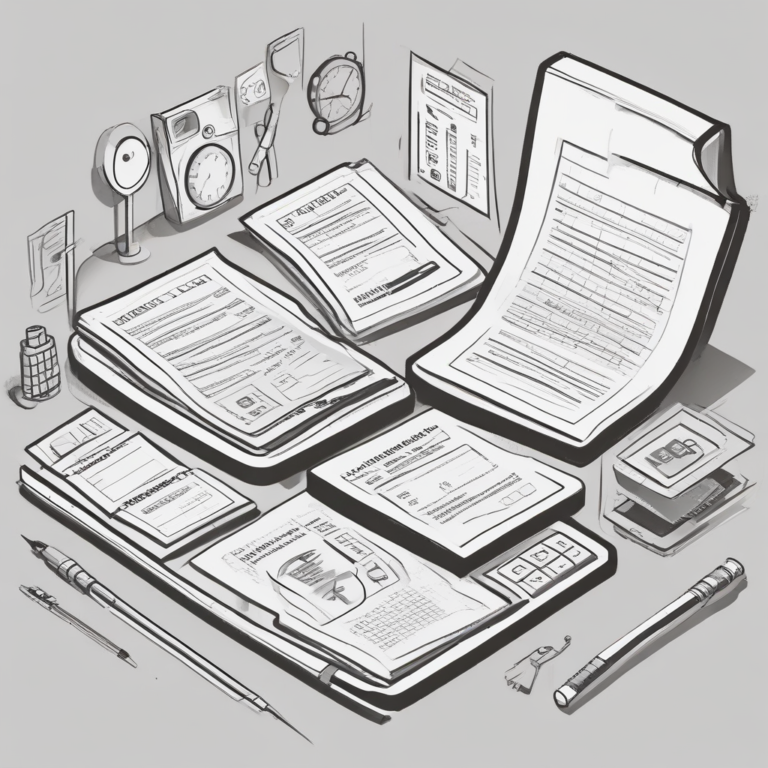Regulatory Landscape for AI-enabled MedTech in APAC
The regulation of artificial intelligence (AI) in Asia Pacific remains largely undeveloped, primarily governed by existing frameworks designed for other technologies and products. This area is evolving as authorities begin to address the unique challenges posed by AI.
AI techniques such as machine learning (ML), deep learning, and natural language processing are transformative and increasingly prevalent. However, their deployment raises significant challenges, including bias, discrimination, fake content, misinformation, privacy, security, and ethical issues. As a result, regulators are beginning to take action.
Asia Pacific Overview
Currently, there is no comprehensive law governing AI across Asia Pacific, but this is expected to change soon. Here’s an overview of the regulatory approach in various countries:
- China: The National People’s Congress has urged the State Council to draft a comprehensive statute. The existing regulations are mainly administrative.
- Japan: AI regulation is sector-specific, particularly in healthcare and life sciences, where laws such as the 2023 Next-Generation Medical Infrastructure Act facilitate the use of AI in research and development of diagnostic tools.
- Australia: The government intends to adopt a principles-based approach to define “high-risk AI,” similar to the European Union’s framework.
- Singapore: Established frameworks guide AI deployment and promote responsible use, including ethical principles and standardized tests. The National Artificial Intelligence Strategy 2.0 demonstrates Singapore’s commitment to a trusted AI ecosystem.
- South Korea: The Digital Medical Products Act (January 2025) provides a regulatory framework for digital medical devices, while the Basic AI Act (December 2024) will classify AI based on risk starting January 2026.
Europe’s Approach
The European Union’s AI Act, set to be implemented in 2024, establishes harmonized rules for AI, categorizing systems based on risk levels from unacceptably high to minimal. AI-enabled medical devices will likely fall under the high-risk classification, which entails specific obligations overlapping with existing medical device regulations.
The AI Act focuses on risk assessment, compliance, record-keeping, oversight, and cybersecurity as core components of safe AI deployment in the medical field.
Regulatory Landscape in the U.S.
In the United States, there is currently no AI-specific legislation. The Food and Drug Administration (FDA) regulates AI-enabled medical products under its traditional framework as “Software as a Medical Device” (SaMD). This presents challenges, as the existing regulatory structure is not tailored for adaptive AI technologies.
The FDA has adopted a flexible approach to regulation, focusing on good machine learning practices (GMLPs) to facilitate innovation while ensuring safety and effectiveness. Key considerations include:
- Documenting changes to AI products
- Ensuring transparency
- Monitoring real-world performance data
The FDA collaborates with Health Canada and the UK’s Medicines and Healthcare products Regulatory Agency (MHRA) to develop internationally harmonized GMLPs, reaffirming their commitment to balancing innovation with patient safety.
This ongoing evolution in regulatory frameworks across Asia Pacific, Europe, and North America highlights the pressing need for comprehensive legislation that addresses the unique challenges posed by AI in the MedTech sector.









